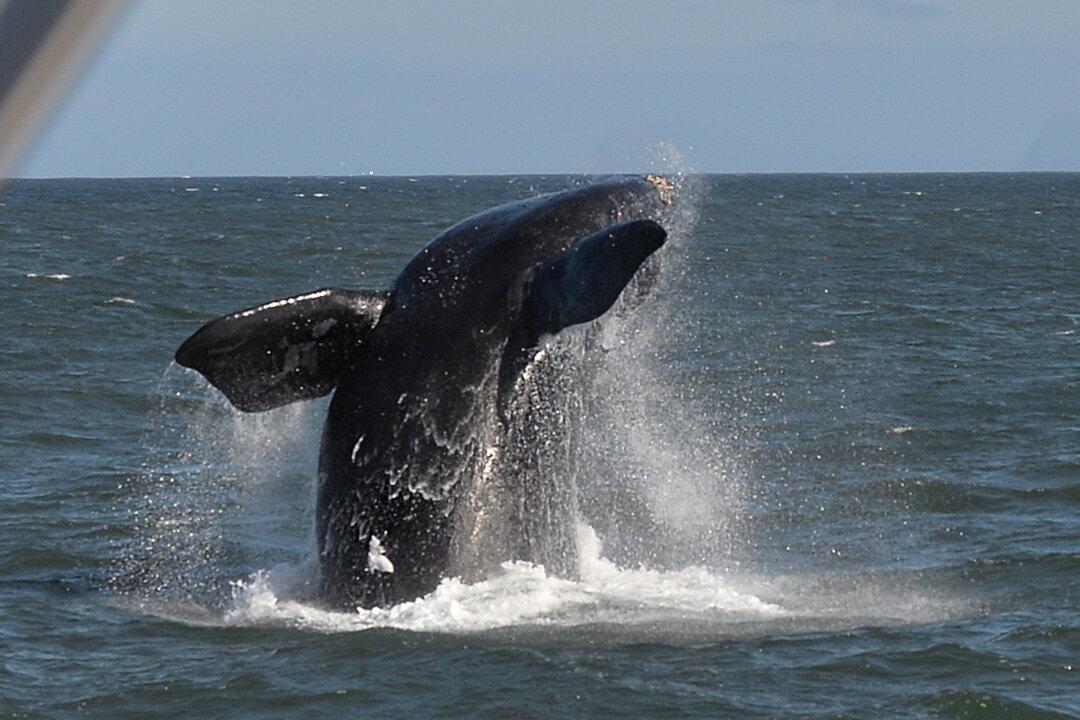An incredible video shows the moment a mother gray whale lifts her calf from the water.
The whales were seen in the San Ignacio Lagoon, and they often approach tourist boats. According to One World One Ocean, which uploaded the clip, the whales seek “human interaction.”





